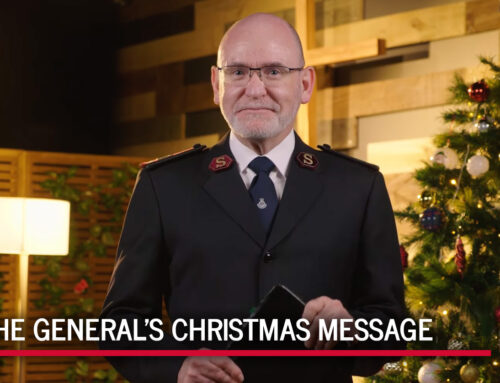
Salvationist Dynamics: Part 10
by Colonel Richard Munn
This 10-part series explores tried and trusted “pleasant tensions” matched together in The Salvation Army. Far from being feared or avoided, they give us dynamism: Salvationist dynamics.
Part 10: Quaker and Pentecostal
In a sweeping description of worship, the writer Frederick Buechner playfully mentions in one sentence the contrasting liturgical styles of “the Quaker Meeting, the Pontifical High Mass, the Family Service, or the Holy Roller Happening.” The Salvation Army could readily fit into three of those styles.
For instance, the affinity between Quakers and Salvationists has been noted since The Salvation Army began. General Wilfred Kitching found “sufficient evidence to suggest that in thought and practice there is perhaps a closer unity between The Society of Friends and The Salvation Army than between any other religious movements.”
Like the Quakers, Salvation Army corps congregations do not formally practice the sacraments, will freely open a meeting for anyone who has “a word,” and will comfortably worship in quietness.
And yet, that same corps community of faith can just as readily bang a drum, clap hands, and shout — sometimes on the same day and sometimes in the same meeting. Historian Diane Winston writes that “early Salvationist services were enthusiastic gatherings which resembled the frenzied fervor of a revival service or a camp meeting. Secular newspapers reported ‘whooping’ and ‘shouting,’ while the War Cry referred to ‘Pentecostal waves’ and ‘showers of fire’ that accompanied a Salvationist Holiness meeting.”
Today a Nigerian and Japanese holiness meeting will likely be very different in tenor. Both are beautiful.
As with every previous Salvationist dynamic in this series, it is most definitely not an “either/or” scenario, but the “both/and” which gives us dynamism. Vital, energetic, potent dynamism.
Do I hear a loud amen, anyone?




